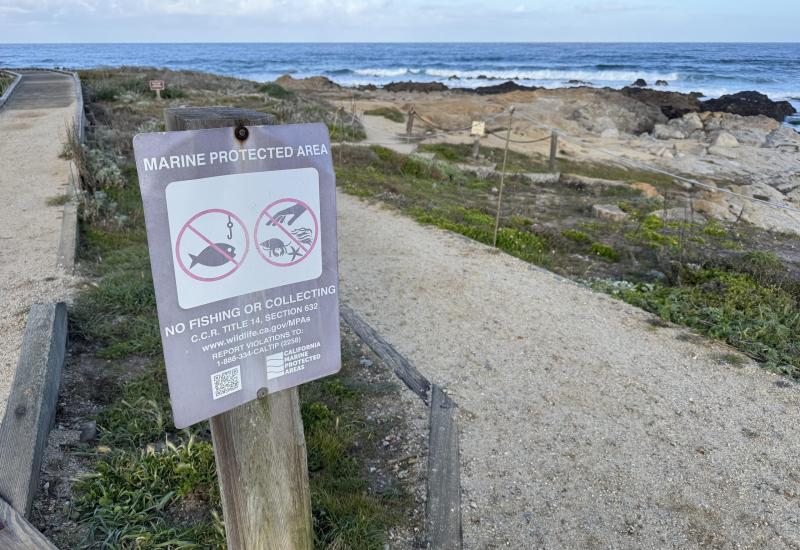Reef Relief
Reefs, rejoice! The International Coral Reef Initiative has designated 2018 the International Year of the Reef, celebrating one of the habitats we divers love so dearly.
The announcement at the ICRI General Meeting in Nairobi, Kenya, in December comes off the cusp of the third global coral bleaching event, which lasted from 2014 to 2017 and affected more than 70 percent of reefs worldwide. Corals bleach when they become overly stressed, which happens especially when they’re exposed to increased water temperatures. During the bleaching process, corals expel brown algae — their main food source, which becomes toxic in higher heat — losing their color, starving and becoming more susceptible to disease. Then, the corals die.
From the Florida Keys to Okinawa, Japan, nearly every corner of the tropical marine world has been affected by this catastrophic result of climate change. The event was recorded in the Netflix documentary Chasing Coral, which tracks a team of biologists and filmmakers as they attempt to capture the destruction as it happens.
“As divers, we’re lucky. Less than 1 percent of people will ever put on a mask and snorkel and see the ocean first-hand. As a result, the ocean is very much out of sight, and out of mind. We really need divers to help change this, and [this year] will do just that,” says Richard Vevers, CEO of The Ocean Agency, which made Chasing Coral. “As divers, we want to catalyze support for the protection of coral reefs through initiatives like 50 Reefs, and by doing things like taking your friends on a virtual dive. We want to involve the diving industry in this effort.”
The goals of the year are to raise awareness about about the importance of reefs, the ways they are being threatened and how to combat their destruction; promote collaboration between governmental and private organizations, the academic community and the public; and implement effective conservation and management strategies.
“It’s a great opportunity to put coral reefs in the global spotlight and ignite support for their conservation,” says Vevers.
This will be the third International Year of the Reef, preceded by 1997 and 2008, each of which garnered huge successes for reef health. In 1997, reefs were undergoing the first global bleaching event, which lasted until 1999 and killed 16 percent of reefs worldwide. That year, events were held in 50 countries worldwide and resulted in the formation of new marine protected areas and reef-centric organizations. Ten years later, the International Coral Reef Initiative realized there was still a need to educate the public about coral and urge for policy change for the conservation and management of reefs. The second International Year of the Reef was declared, and it topped the success of 1997 with more than 65 countries participating.

Courtesy The Ocean Agency/XL Catlin Seaview Survey/Stephanie RoachThe focus of the year will be on reefs that are still thriving but need our help to protect, like this one in Raja Ampat.
What You Can Do
Throughout 2018, there will be workshops, events and collaborations taking place that will not only focus on bridging the gap between science and policy, but also urge the public to contribute to reef health in meaningful ways. Here are some ways divers can take action:
1) Follow the Green Fins initiative to brush up on best practices for conscientious diving.
2) Learn and educate others about the state of reefs and the threat of bleaching due to climate change.
3) Join social media campaigns, like the Lonely Whale Foundation’s #StopSucking, which encourages boycotting plastic drinking straws.
4) Contact elected officials to urge for climate-change and marine-conservation policy.
5) Host, organize or participate in an International Year of the Reef event in your area.











